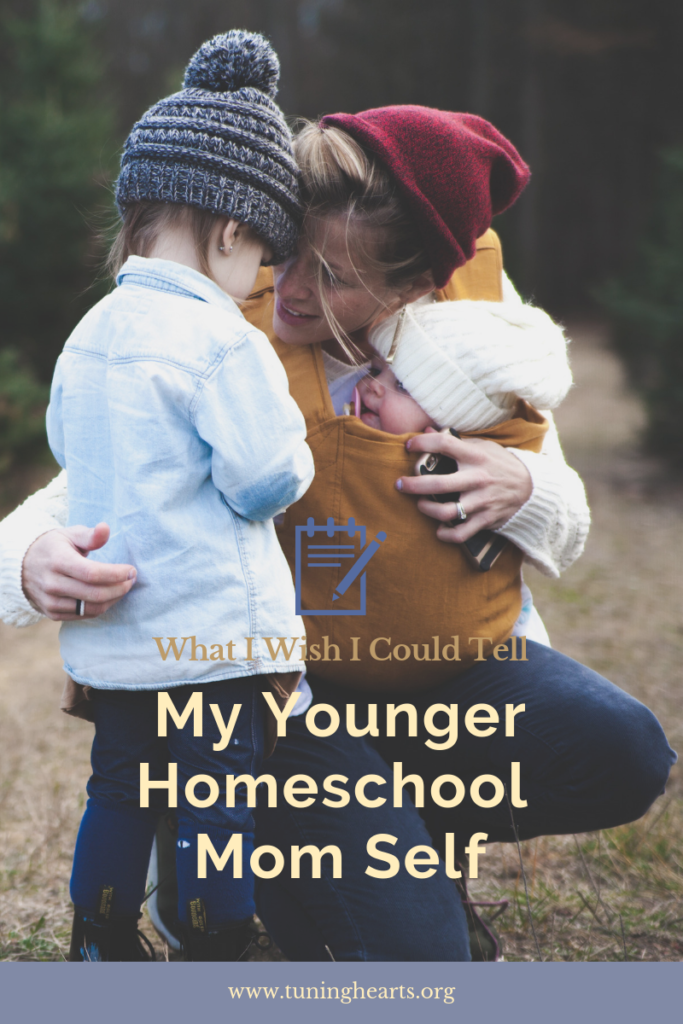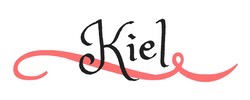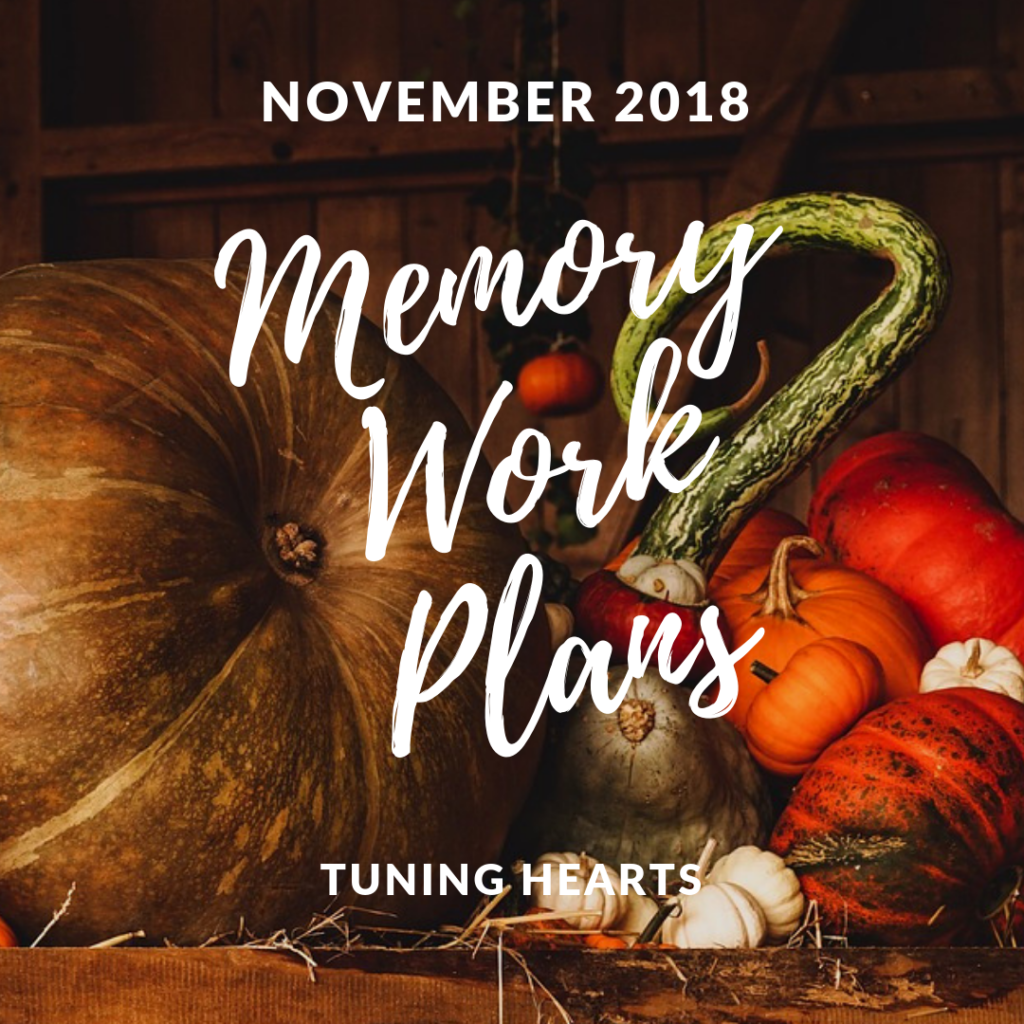
Recently I have had a few conversations with younger mothers who are eager to embark on their homeschool journey. These chats have reminded me of all the things I wish someone had told me when I was considering homeschool in those preschool years. Since this is on my mind, I thought I would share here on the blog in the hopes this advice helps out some other mom who wants to make the most of the early childhood years! Before you go out and buy some expensive preschool curriculum or fill your child’s days with endless workbook pages, read on…
Tip Number 1:
My number one tip to you as you consider learning at home in the early years (up to age 6), is this:
RELAX!
Seriously. Just take a deep breath. It is easy to get caught up in the current cultural ideas of early academics. But the research does not back up the push to get kids reading, writing and doing math drills at a young age. The best thing you can do with your young children is to enjoy them being little and not worry about skills that will be easier to teach/learn later when they are more developmentally and behaviorally ready. Instead of stressing about curriculum, why don’t you spend some time researching different homeschool styles and philosophies. Take the opportunity to educate yourself and consider what sort of educational philosophy most resonates with you.
Tip Number 2:
But, you may ask, what can I do to add some intentional learning and structure to our days without going overboard? My first advice is to read aloud. A lot. Every day, multiple times a day, sit down and read a picture book to your child. Read the best books you can get your hands on. Get a library card and go as often as you can. Borrow audio books off Hoopla or Overdrive, and listen to them in the car. Look at AmblesideOnline Year 0 book lists for some great suggestions. Sign up for the free book lists from Read Aloud Revival for seasonal picture book ideas and family read alouds (not all for preschoolers, but still a good resource.) Or get your hands on a copy of the book Honey for a Child’s Heart by Gladys Hunt, which has a great book list, as well as inspiration for reading with your children!
Tip Number 3:
Other than reading all the time, go outside as much as possible. Take advantage of the good weather whenever you can and get outside. If it is cold, bundle up and go for a nature walk to see if you can spot migrating birds or find interesting seed pods or look at beautiful frost flowers. If it is hot, turn on the sprinkler or fill up the kiddy pool and get wet. If it is rainy, put on your boots and go splash in the puddles. Go to any scenic parks and nature centers you can find locally, not just playgrounds. Notice animals, birds, leaves, rocks, sticks, bugs, clouds, flowers, etc. Get dirty.
Tip Number 5:
For indoor play, look up sensory activities to experience together. Sand, water beads, “clean mud,” plain old water, pouring beans/rice, play dough, cloud dough, etc. (Google and Pinterest are your friend here!) Listen to beautiful music. Sing children’s songs (I have a list of good ones here —> 100 Songs to Sing with Children.) Look at beautiful art. Your library should have some books with collections of art prints to flip through. Let them paint, draw, color, stamp, and paint some more. Teach basic household chores like folding washcloths, matching socks, wiping the table, sweeping the floor with a little broom and dustpan, setting the table, and washing produce.
I’ll say it again…
Most importantly, I want to reiterate my first point. Relax. Enjoy this precious time with your young child. Embrace the wonder and curiosity that he or she naturally has right now. Don’t sweat the academics. There will be time for that later. Slow down. Don’t rush. They will grow up so fast, even though I know it doesn’t feel that way right now. Trust me…you won’t regret holding off on those workbooks and curricula, momma. Just love on your kiddos. It will be okay.
Further Reading and Resources:
The Homegrown Preschooler is a book that comes highly recommended and has lots of ideas for learning in the early years.
A helpful blog post by one of my favorite homeschool mentors, Brandy Vencel: Looking Back: What I Wish I’d Know About Homeschooling in the Early Years
Another of my virtual homeschool mentors, Mystie Winkler, also wrote on the topic of the classical kindergarten: Dear Mom who wants to give her 5-year-old a classical education
Sarah MacKenzie of Read Aloud Revival’s blog post on the early years: 6 Ways to Early Years You Won’t Regret







